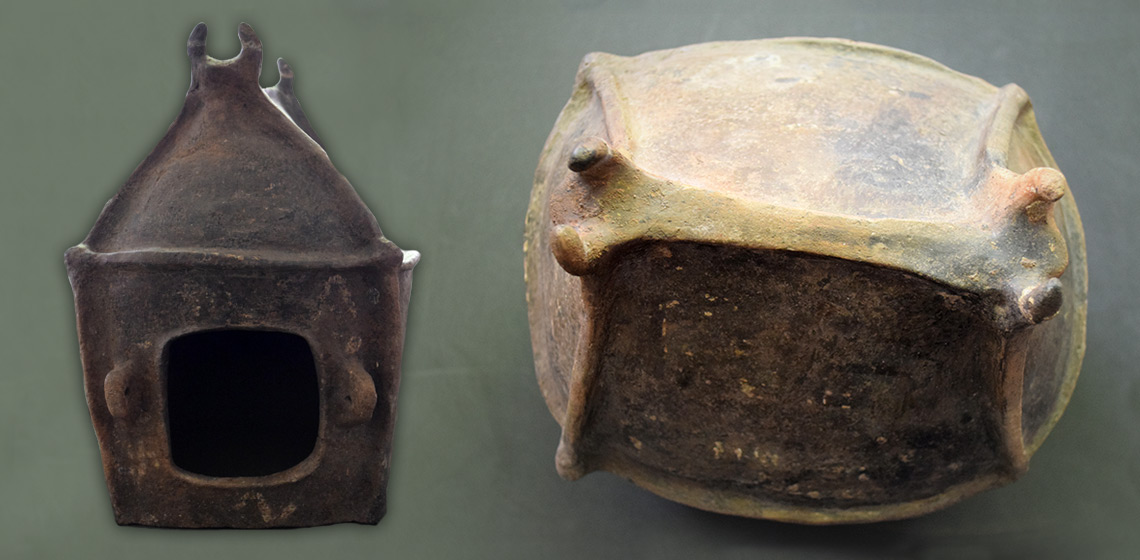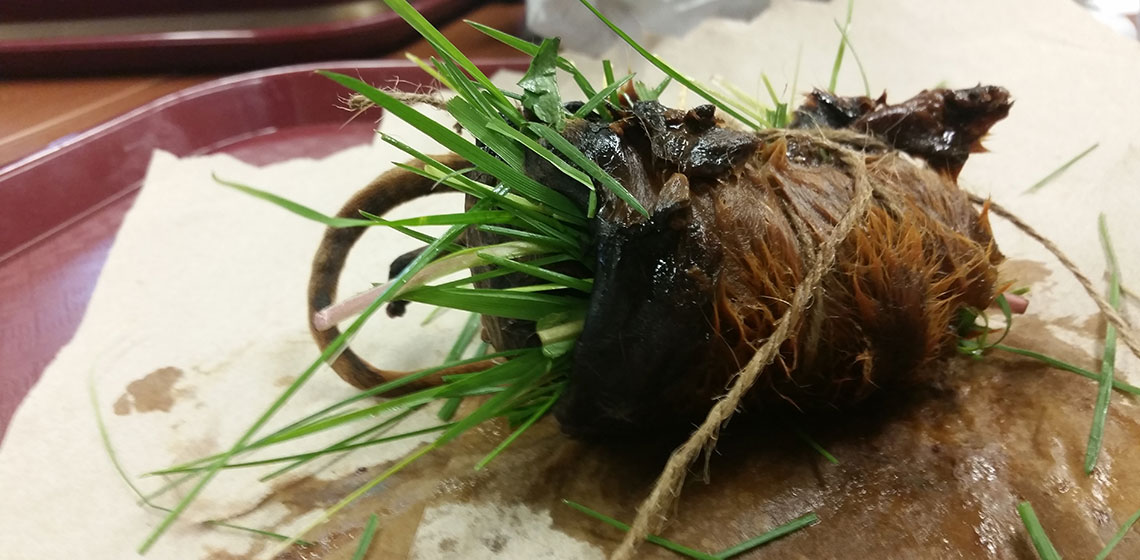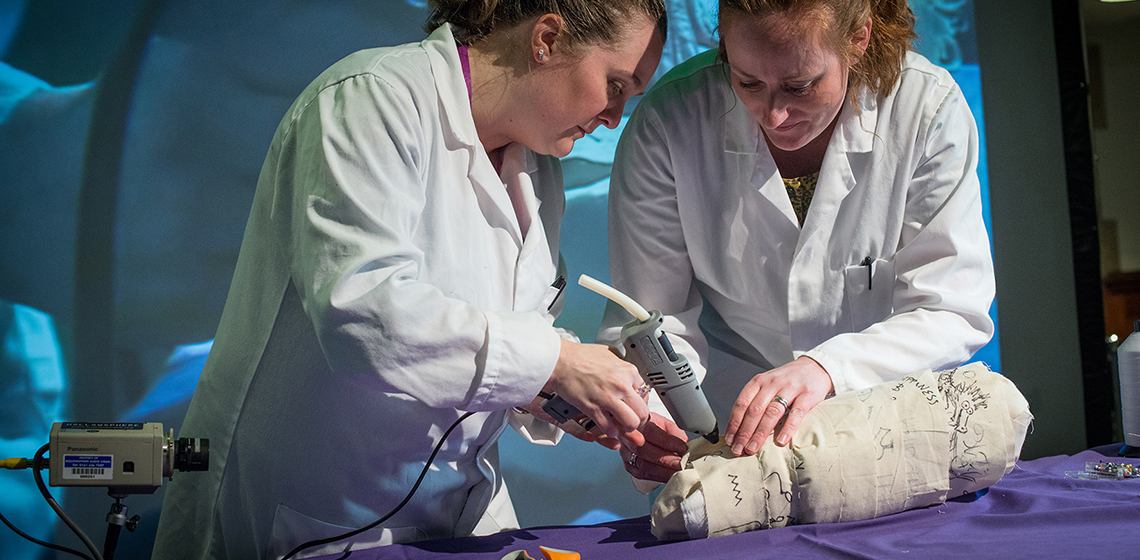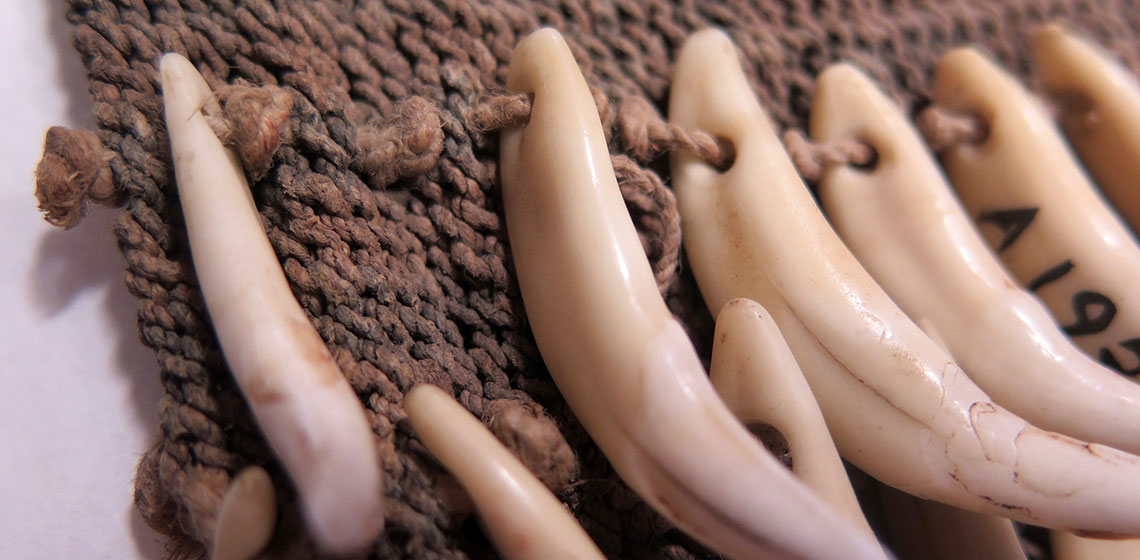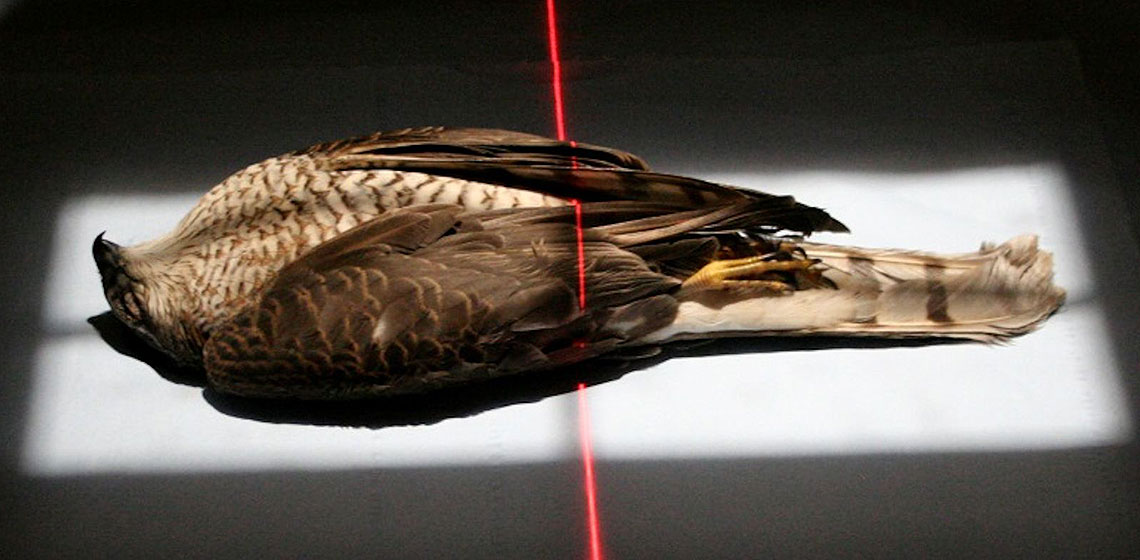funerary
Comparing Mummification Processes: Egyptian & Inca
‘Re-rolling’ a Mummy: an Experimental Spectacle at Manchester Museum
Introduction
The unwrapping and dissection of mummified bodies was a common practice in 19th century Europe. These autopsies were conducted as part of scientific endeavours and social spectacles, motivated by a desire to advance the fields of science, medicine and archaeology, coupled with a sense of macabre fascination (Moshenska, 2014). The scientific capability required to study mummified remains non-invasively had yet to be developed, leading to the destruction of many hundreds of specimens.
Animal Teeth in a Late Mesolithic Woman’s Grave, Reconstructed as a Rattling Ornament on a Baby Pouch
***In one of the Late Mesolithic graves at Skateholm, Sweden, dating from 5500–4800 BC, was buried a woman together with a newborn baby. Altogether 32 perforated wild boar (Sus scrofa) teeth, along with traces of red ochre pigment, were found in this grave. We interpreted these artefacts as a rattling ornament decorating a baby pouch...
Funerary
To do with a funeral or burial of the dead.
The Mummification of Votive Birds: Past and Present
Introduction
Animal mummies can be divided into four types: pets, mummified to accompany their owners into the Afterlife; victual, prepared and mummified food offerings for consumption in the Afterlife; cult, an individual selected based upon specific characteristics and markings to be an avatar for their prospective deity; and votive, where the whole population of certain species associated with a particular deity were classed as sacred and therefore worthy of mummification (Ikram and Iskander 2002; Ikram 2005; McKnight 2010).
Did you have find treasures in the megalithic tombs in Northwest Schleswig (DE)?
It is a question of what you understand as a „treasure“: There were no gold finds or something like this, but there were finds of stone and ceramics which are very important from a cultural historic perspective! They are treasures for archaeologists!
Are there still skeletons in the megalithic tombs in Northwest Schleswig (DE)?
No, because the skeletons could not be preserved in the dry sandy soils of the Northern German Geest-area...
What is a megalithic tomb (hunebed)(NL)?
A megalithic tomb (in the Netherlands called 'hunebed') is a 'room' made of large boulders in which the dead were buried. The Dutch megalithic tombs were built between 3.400 - 3.200 BC by the people of the funnel beaker (TRB) culture.
Where were Romans buried (NL)?
If at all, Romans were buried outside the city-gates, probably for hygienic purposes. Travellers on the main roads leading to the city were greeted by a long queue of tombstones. The inscription on Roman graves sometimes even welcomed visitors coming to the city.
